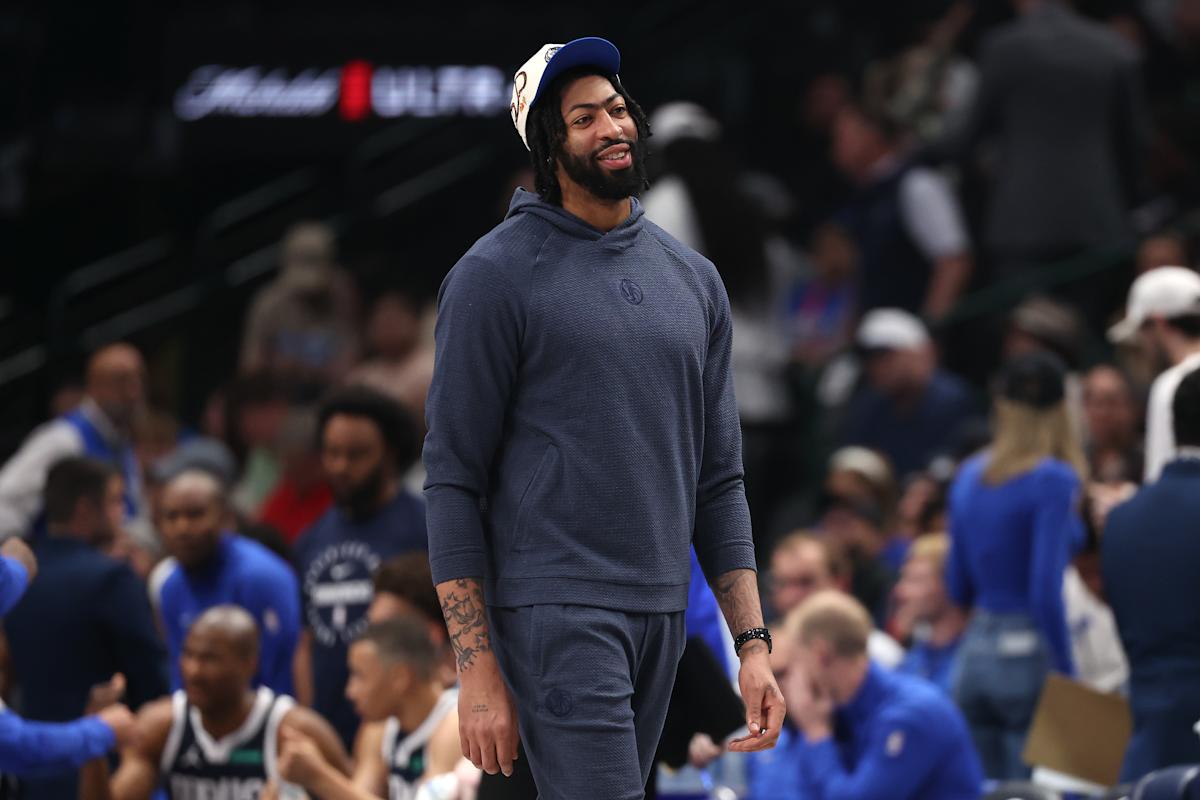The qualifying offer is one of the key mechanisms of free agent season, as teams have until five days after the end of the World Series to decide whether or not to issue the one-year contract (this winter worth $22.025MM) to eligible free agents. If a player has played with his team throughout the entire 2025 season and hasn’t received a QO in the past, he is eligible to be issued a qualifying offer, and thus the player can opt to accept the one-year pact and forego free agency altogether to stick with his club.
If the player rejects the QO, his former team is now in line to receive a draft pick if the free agent signs elsewhere. Here is the (mostly set) rundown of what every team will receive should one of their qualified free agents indeed head to another club….
Revenue Sharing Recipients: Diamondbacks, Rockies, Reds, Brewers, Pirates, Marlins, Athletics, Mariners, Tigers, Royals, Twins, Guardians, Orioles, Rays
If any of these teams has a QO-rejecting free agent who signs elsewhere for more than $50MM in guaranteed money, the compensatory pick falls after the first round of next year’s draft. (For instance, the Orioles received both the 30th and 31st overall picks in the 2025 draft since qualified free agents Corbin Burnes and Anthony Santander each signed for more than $50MM with their new teams.) If a team has a QO-rejecting free agent who signs elsewhere for less than $50MM guaranteed, the compensatory pick in the 2026 draft would come between Competitive Balance Round B and the start of the third round, which is usually somewhere in range of the 70th-75th overall selection.
Looking at these teams’ members of the 2025-26 free agent class, the Diamondbacks’ Zac Gallen and the Brewers’ Brandon Woodruff are the only likely-to-reasonable qualifying offer candidates. You could also make a case for the Tigers issuing Jack Flaherty a QO if he rejects his $20MM player option for 2026. Notable impending free agents like Seattle’s Josh Naylor and Eugenio Suarez are examples of players who are ineligible for the QO because they only joined the Mariners partway through the season.
Teams Who Don’t Receive Revenue-Sharing Funds, And Who Didn’t Pay The Competitive Balance Tax: Giants, Cardinals, Cubs, Braves, Nationals, Rangers, Angels, White Sox
For these teams, their compensatory 2026 draft pick for losing a qualified free agent would also fall between CBR-B and the start of the third round (regardless of whether or not the player signed for at least $50MM). The Red Sox were a member of this group in 2024 because they weren’t tax-payors, and thus Boston received the 75th overall pick of the 2025 draft as compensation when Nick Pivetta rejected a qualifying offer and subsequently signed with the Padres.
The chief name to watch here is Cubs outfielder Kyle Tucker, who will probably command the largest deal of any player in the 2025-26 free agent class. Chicago could also issue a QO to Shota Imanaga if he becomes a free agent, but that would first require the Cubs to decide on a series of club options and attached player options for Imanaga, so quite a few hoops have to be jumped through for Imanaga to actually hit the open market.
Teams In Limbo: Astros
It is usually pretty obvious which teams are well over or well under the luxury tax threshold ($241MM in 2025), and sites like RosterResource and Cot’s Baseball Contracts do a great job of estimating the ebbs and flows of each team’s tax status over the course of a season or multiple seasons. The league’s accounting office naturally has the full set of salary data from each team, and thus we won’t know each club’s official status until MLB releases their information in December.
For now, we’ll keep Houston in its own little category because its tax status isn’t entirely clear. RosterResource has the Astros with an approximate tax number of $238.2MM that keeps them under the threshold, while Cot’s has Houston over the line with a $244MM tax number. If the Astros have indeed exceeded the tax line for a second straight year, they’ll face the increased “second-time payor” surcharge of 30% on every dollar spent over $241MM, which works out to $900K if Cot’s $244MM projection is accurate.
While the actual tax bill of $900K is negligible, the more sizeable impact for the Astros would be in regards to impending free agent Framber Valdez. The veteran southpaw will surely be issued a qualifying offer, so if he signs elsewhere, the Astros’ pick will sit before the start of the third round if it turns out that they stayed under the tax threshold. If their tax number is indeed more than $244MM, Houston joins the next group of…
Competitive Balance Tax Payors: Blue Jays, Dodgers, Mets, Phillies, Padres, Red Sox, Yankees
If a team exceeds the luxury tax line, their compensatory pick falls after the fourth round of the 2026 draft. As an example, the Braves were tax-payors in 2024, so they got the 136th overall pick in the 2025 draft when Max Fried rejected Atlanta’s qualifying offer and signed with the Yankees.
As it turns out, many of the most obvious qualifying-offer candidates of this winter’s free agent class happen to come from tax-paying teams. The Phillies have Kyle Schwarber and Ranger Suarez, the Padres have Dylan Cease and Michael King, the Blue Jays have Bo Bichette, the Mets have Edwin Diaz (who is likely to opt out of his deal to re-enter the market), and Trent Grisham’s career year with the Yankees makes him a likely QO candidate. Boston’s Lucas Giolito is a borderline QO case, plus his season-ending elbow issue may weigh into whatever decision the Red Sox make on the qualifying offer front.























